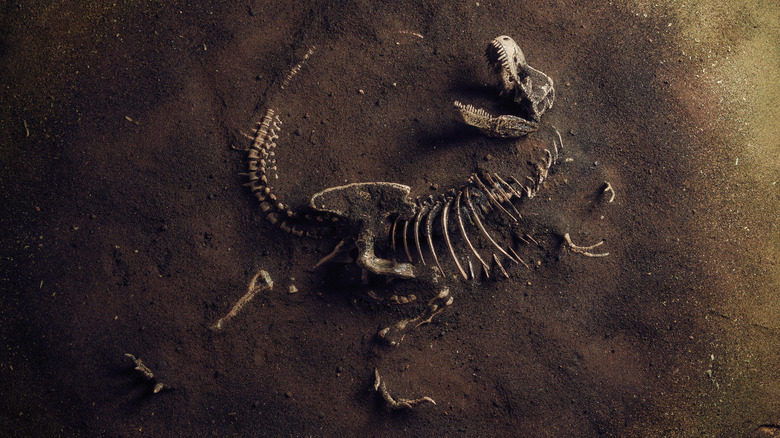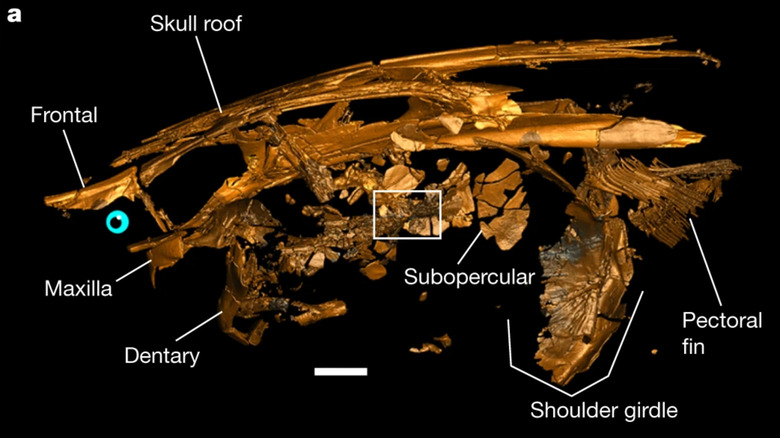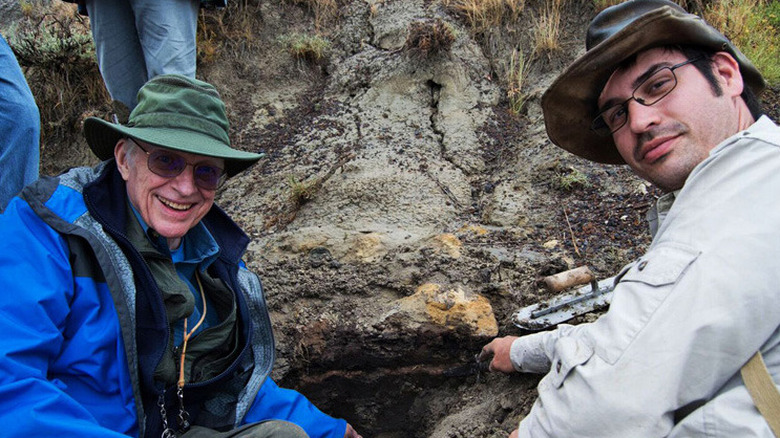New Dinosaur Extinction Event Details Uncovered In North Dakota
66 million years ago, a catastrophic asteroid wiped the majority of the lifeforms on Earth, including all ammonites, rudists, pterosaurs, non-avian dinosaurs, and a large portion of the marine reptiles. A veritable "killing field" of this mass extinction event has been preserved under multiple layers of earth in the form of fossils in modern-day North Dakota, where paleontologists have been working for several years to unravel the secrets of life before the impact. Researchers have now published new findings in the science journal Nature suggesting the unfortunate event occurred in the spring season in the upper Northern hemisphere.
The asteroid strike marks the end of the Cretaceous period (145 to 66 million years ago) and the beginning of the Palaeogene period (65 to 23 million years ago). The asteroid is believed to have struck close to where the Yucatán Peninsula (near the Gulf of Mexico) lies today. This impact led to an earthquake, a 180km (112 miles) wide crater, and giant waves towards a river bed in present-day North Dakota, leading to the deposition of the majority of fossils. Referred to as Tanis by researchers, this is considered to be site of the Cretaceous-Paleogene (K-Pg) extinction — also known as the Cretaceous-Tertiary (K-T) extinction — event.
Bone growth in fishes determined the season of the impact
Along with the profusion of dinosaurs, mollusks, and reptiles fossilized after the catastrophe, scores of fishes and vegetation were also washed up and instantly captured in the deposits. Researchers have now discovered (via Live Science) that the entire event happened within 30 minutes of the asteroid striking the Earth. Along with this synopsis about the timing of the event, researchers have discovered clues about the season in the fishes.
Researchers found the acipenseriforms that were abundant at the time, including paddlefishes and sturgeons, were buried alive under the rubble. Skeletal elements from three sturgeons' pectoral fin spines and three paddlefish jawbones recovered from the site were studied to see the growth in bones of these fishes. These growth patterns identified using the bone cell density led to findings of the seasonal availability of food, which helped the researchers identify the season in which the K-T extinction event took place.
Using synchrotron X-ray, the researchers reconstructed the fossils in 3D. As fishes age, they undergo an addition of layers to their bones and this growth peaks around the end of summer and the beginning of winter. Researchers found the fishes in consideration had just entered the period of notable bone growth, and that coincided with spring.
Geographical location played a role in extinction
In addition, the study of different carbon isotopes in the fishes affirmed the finding. The carbon isotope record indicated towards high productivity of planktons, the primary food for paddlefish. Jeroen H. J. L. van der Lubbe, one of the authors of the research paper, said that the isotope activity suggests the asteroid hit before the peaking of the plankton productivity. This also led to the conclusion the event took place in springtime.
Researchers also added that because the event took place in springtime, organisms were probably just emerging from winter and preparing for reproduction. Therefore, they would have been more vulnerable than flora and fauna in the Southern Hemisphere that was just preparing for the impending winter. The instant cooling that took place after the asteroid impact was instrumental in preserving the fossils and impacted the extinction pattern, one of the researchers said.


